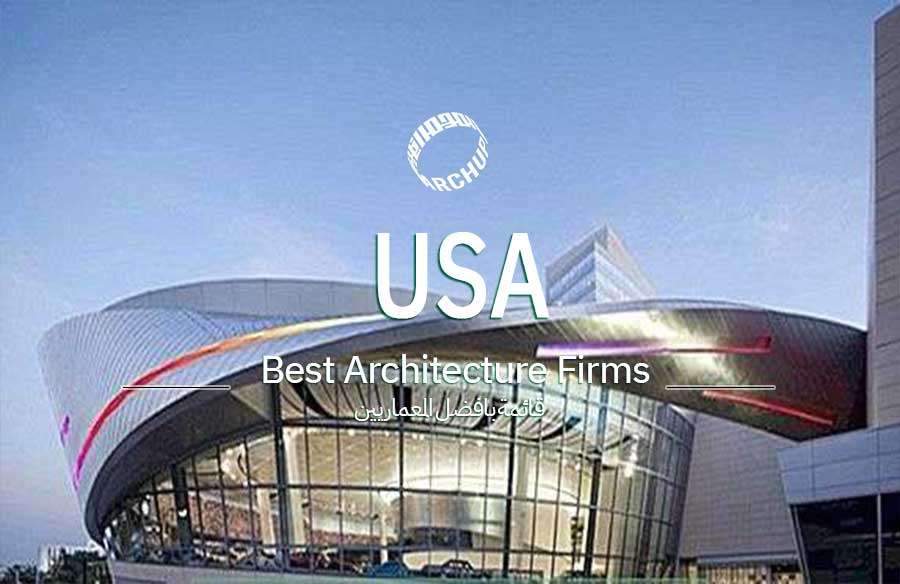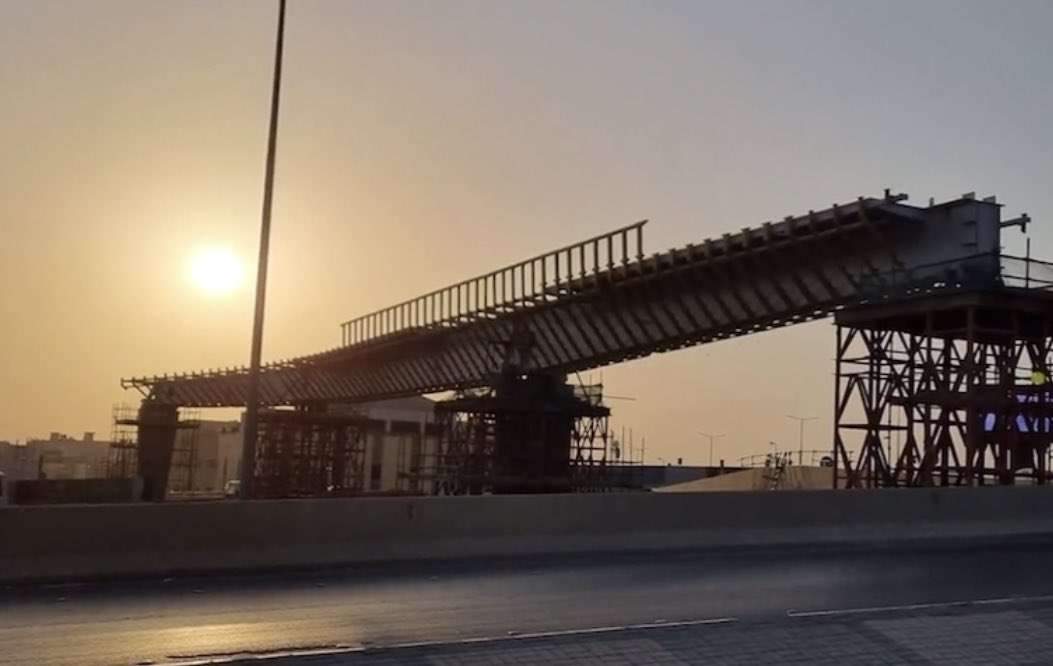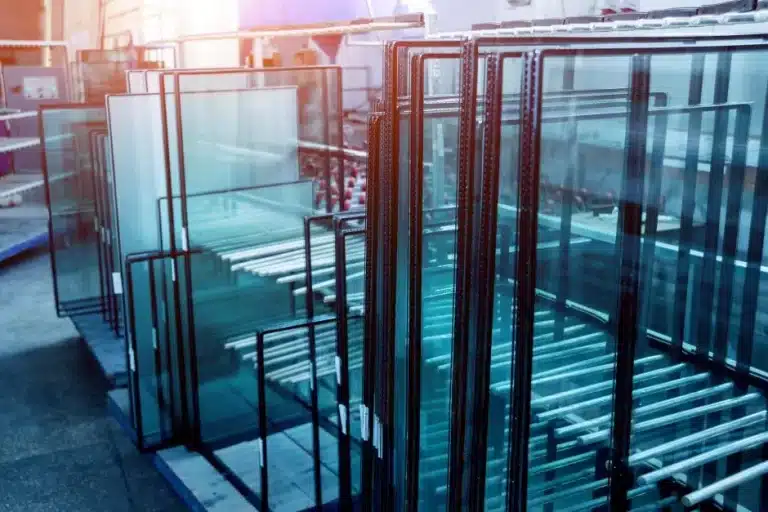The Kingdom of Saudi Arabia is witnessing a huge architectural boom that extends to several new and innovative cities and projects.
His Highness Prince Mohammed bin Salman, the Crown Prince,
has always played a major role in stimulating this development through his ambitious vision and continuous support for unique engineering projects.
Just last week, the architecture market in Saudi Arabia witnessed a remarkable explosion with the launch of new and exciting projects.
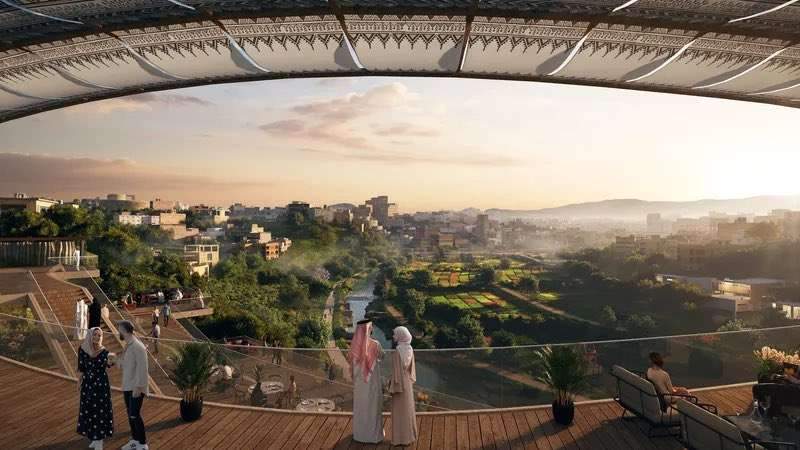
Among these projects, NEOM comes at the top of the list by launching the unique Leyja project.
Which highlights the development of modern architecture and the unique architectural style in NEOM.
This project highlights how architecture in NEOM has become mainstream and different,
with unique hotel designs characterized by elegance and distinction.
The Leyja project is a living example of creativity and excellence in architectural design.
How modern architecture can make a big difference in achieving sustainable development and improving the quality of life.
These new projects also demonstrate the serious desire to achieve success and development in the field of architecture and urban planning in the Kingdom.
With a focus on infrastructure sustainability and innovation in architectural designs.
All of this comes within the framework of ongoing efforts to achieve the Kingdom’s Vision 2030,
which seeks to stimulate growth and development in various fields,
Including architecture and urban planning.
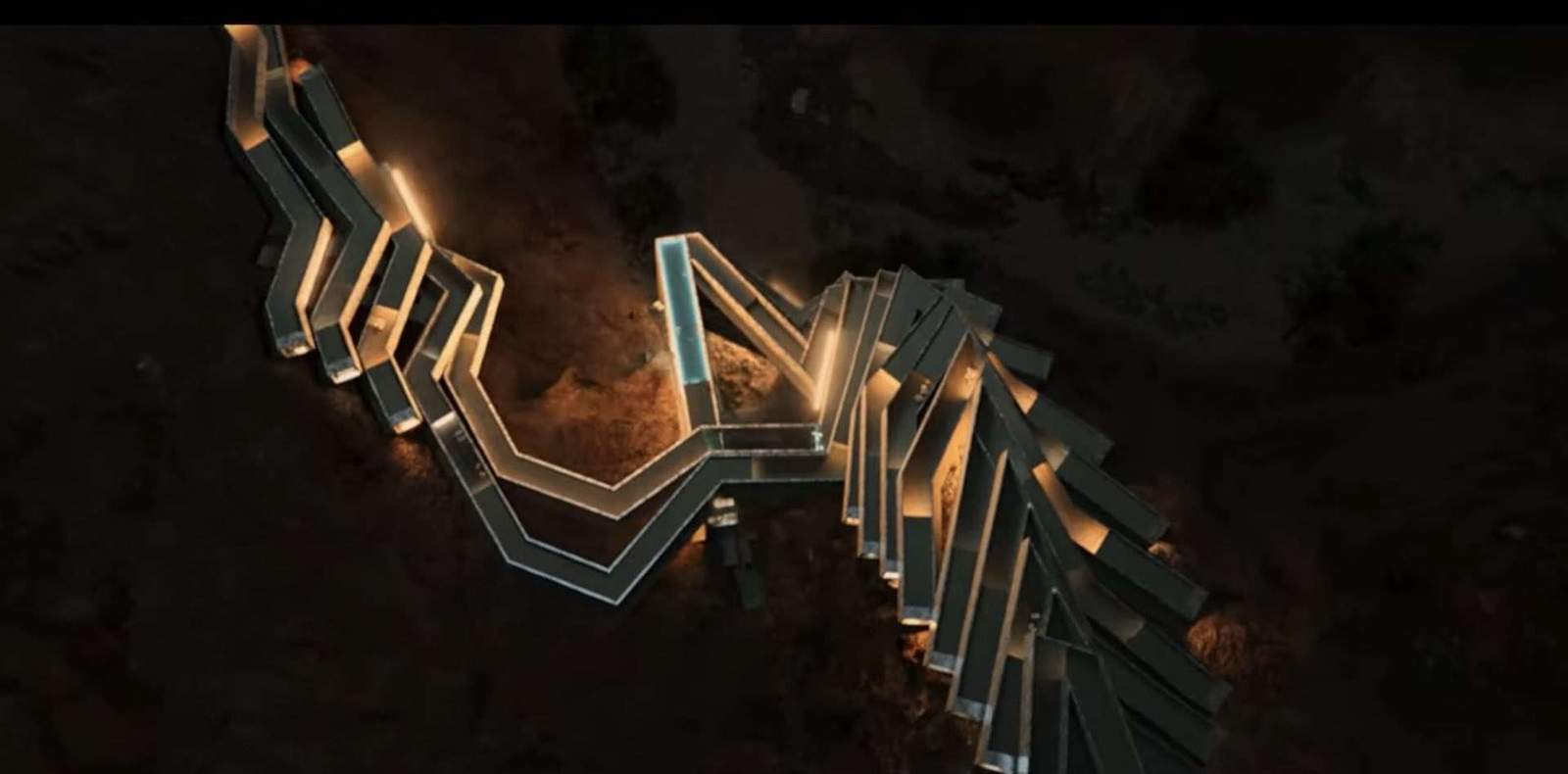
Leyja Hotels project in NEOM
Location: Leyja hotels overlook the Gulf of Aqaba, and are distinguished by their picturesque mountainous location.
Design: The hotels are designed in an organic and picturesque style that embraces nature and is in harmony with the beauty of the surrounding valley.
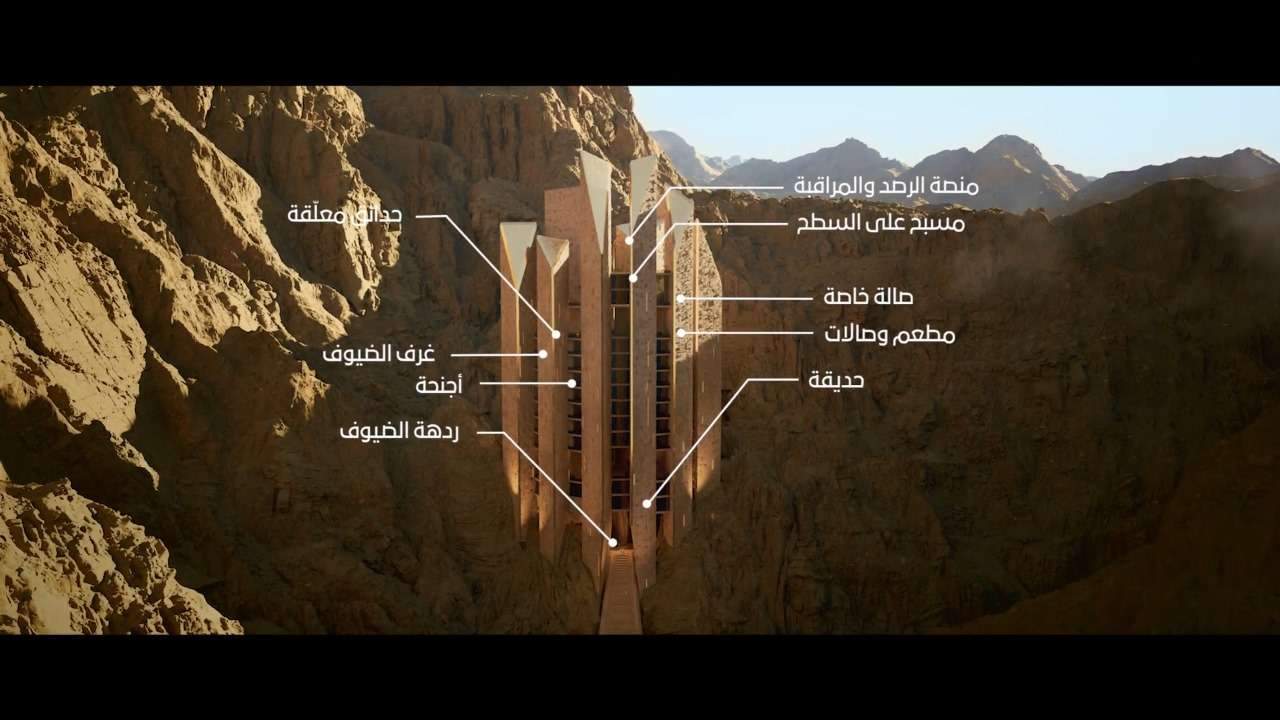
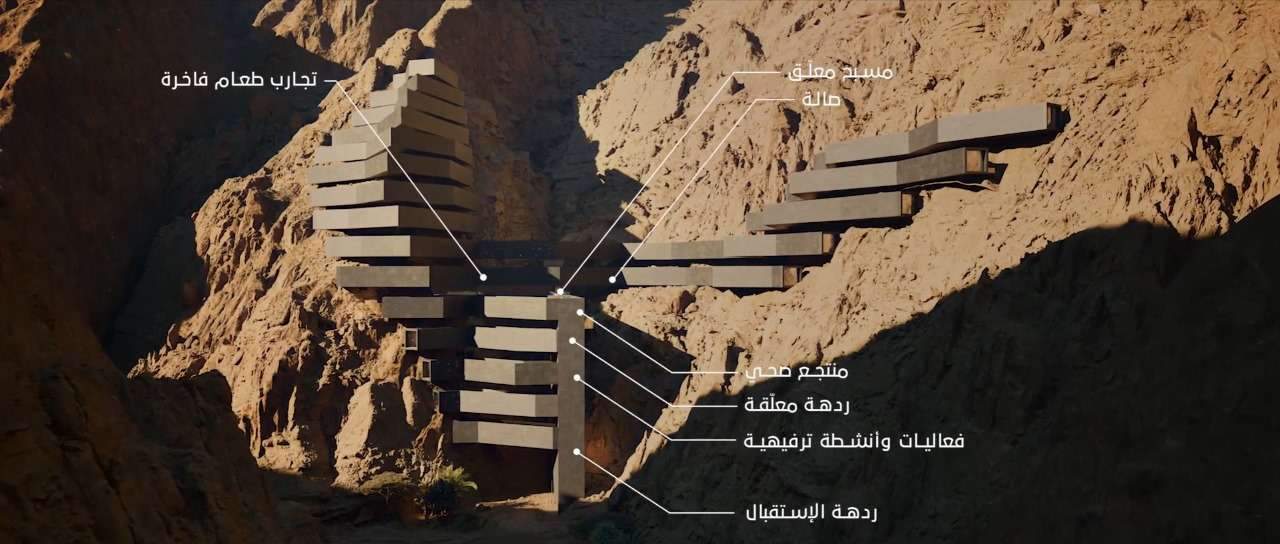
Designers: The international architectural designers who designed Lija Hotels were revealed.
This was done through a tweet and video posted by NEOM on Twitter.
Experience: The hotels offer three unique experiences that allow visitors to enjoy nature and unique architectural design.
Sustainability: Hotels are designed to be in harmony with nature and promote sustainability principles in their design and operation.
This information demonstrates the exciting steps NEOM is taking in developing modern architecture and sustainability.
It shows how unique architectural design can enhance visitors’ experience and blend in with the surrounding natural environment.
New Abha Airport: an embodiment of local architectural identity
Design: The new Abha Airport reflects the region’s architectural identity through its design inspired by the heritage of the Asir Mountains region.
Capacity: The airport has a capacity of up to 13 million passengers annually, making it an important communication point in the region.
Innovation in design: moving away from traditional designs and embracing innovative design that reflects local culture,
It gives the airport a unique character and enhances the traveler’s experience.
Facilities: The airport includes multiple facilities aimed at providing a comfortable and enjoyable experience for travelers.
Sustainability: The airport is designed to be sustainable and efficient in terms of energy and resource consumption.
Through this unique architectural design inspired by local culture,
Abha Airport contributes to enhancing the architectural identity of the region and highlights how architectural design can achieve a balance between innovation and heritage.
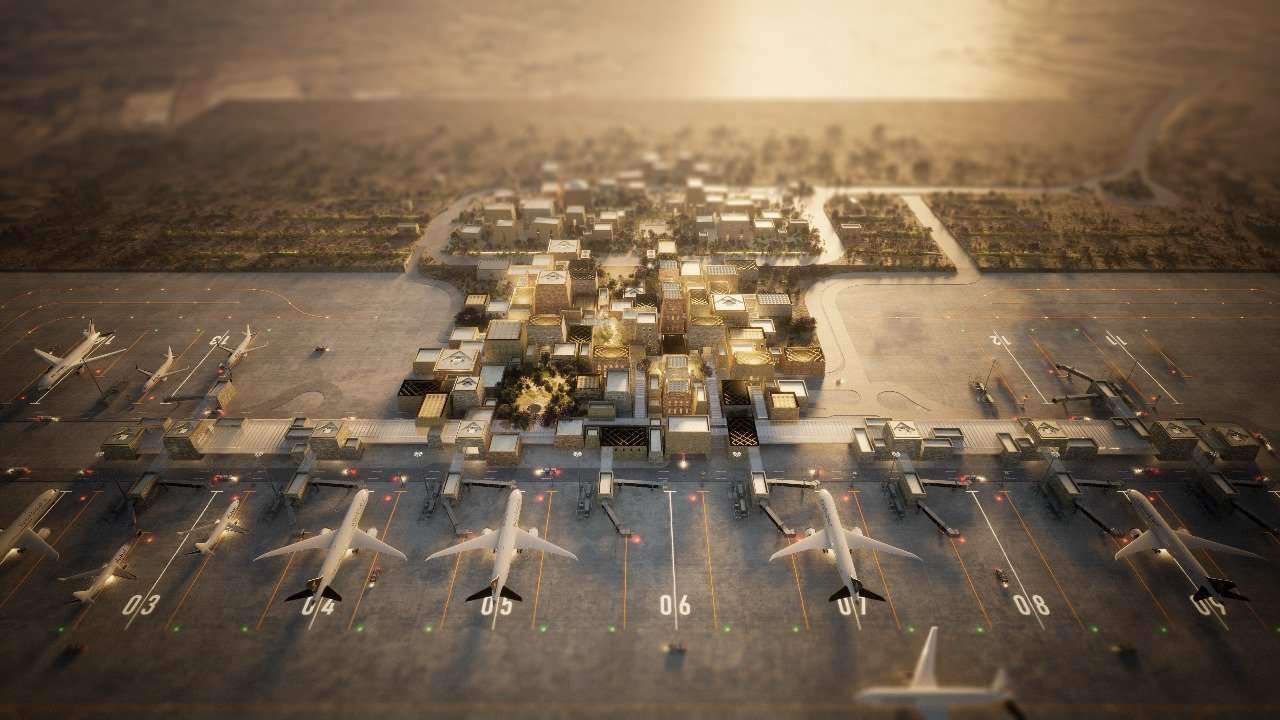
Abha Valley Project: A renewed vision for sustainable development
The “Wadi Abha” project is a new embodiment of sustainable development in the Kingdom,
extending over an area of 2.5 million square metres.
With more than 30% of its area allocated as open green spaces.
The project includes 16 km of water destinations and 17 km of sports trails, cultural and community activities.
During the next three years, the first phase of the project will include 2,000 diverse residential options.
Including high-end apartments, villas and luxury hotels, as well as uniquely designed commercial spaces and business districts.
The goal of this project is to achieve a balance between urban development and sustainability.
With a focus on preserving the heritage and ancient history of the Asir region.
“Abha Valley” reflects the Kingdom’s renewed efforts to achieve Vision 2030 by developing sustainable and innovative projects that benefit society and the environment.
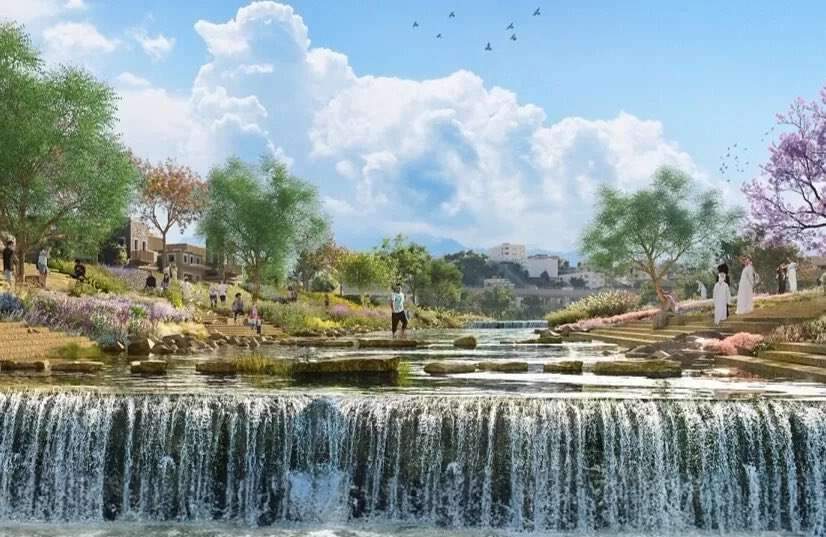

Central Jeddah Museum: An embodiment of industrial heritage and cultural history
The Central Jeddah Museum Project takes the idea of innovative use of a salt water desalination plant to a new level.
It reimagines this industrial facility as a living museum that commemorates the city’s industrial legacy.
But the matter does not stop at just turning the station into a museum.
Rather, it goes beyond that to provide an exciting educational and cultural experience that deals with the history of water desalination by presenting the details of the process in a historical and scientific manner.

The Central Jeddah Museum is distinguished by highlighting Jeddah’s cultural heritage and presenting a future vision for the city as a center for industrial innovation, entrepreneurship and sustainability.
The museum reflects the city’s vision of encouraging cultural dialogue, artistic expression and creativity, making it an important interactive point that attracts visitors of all ages.

In addition, the museum celebrates Jeddah’s commercial history and its historical connection to the Red Sea.
Which enhances the importance of the museum as a means of documenting and immortalizing the city’s cultural and industrial heritage.
The Central Jeddah Museum project comes as a valuable addition to the cultural and heritage scene in the region.
It reflects the ongoing desire to explore and present new and innovative aspects of Jeddah’s history and culture.
For more architectural news




